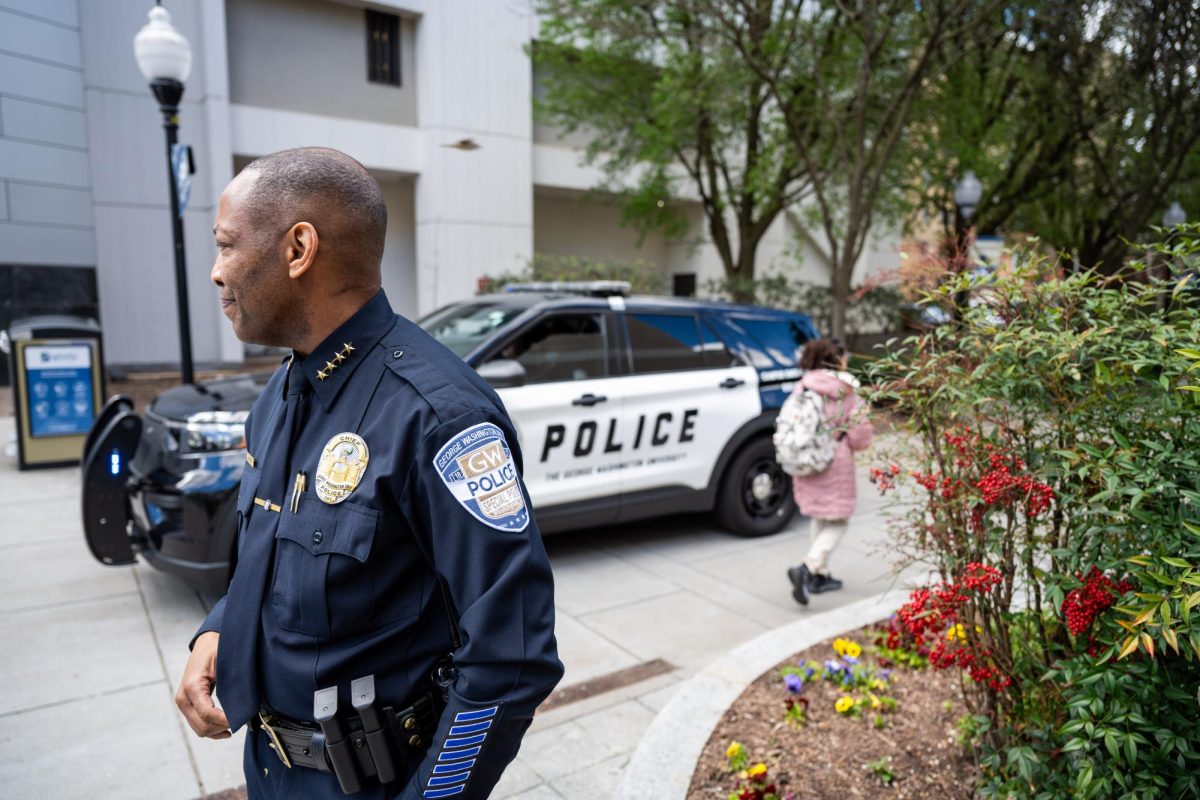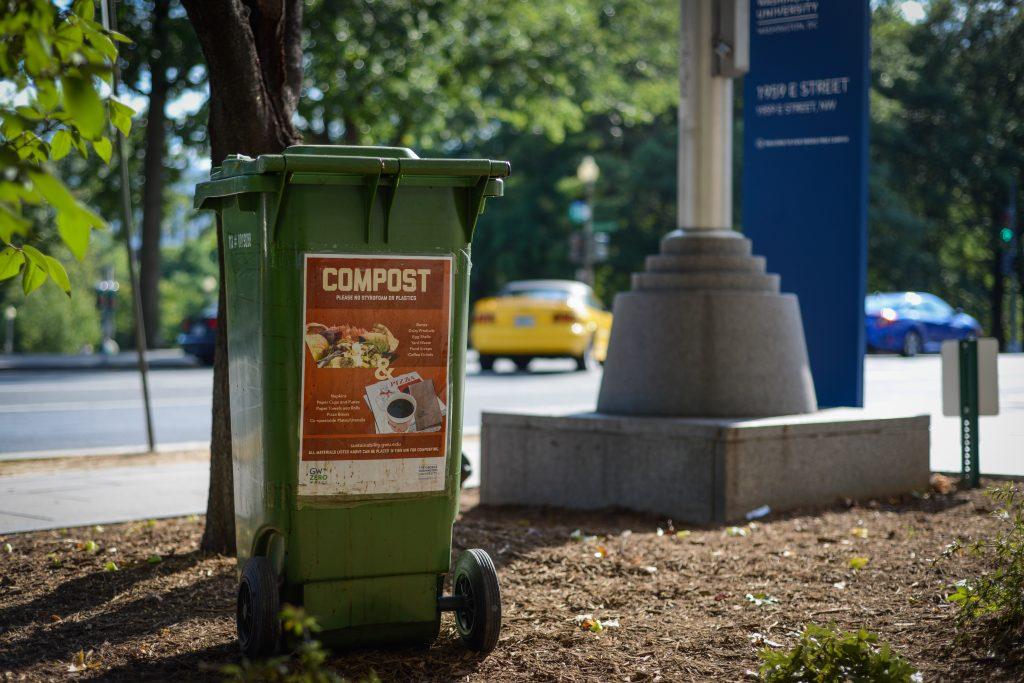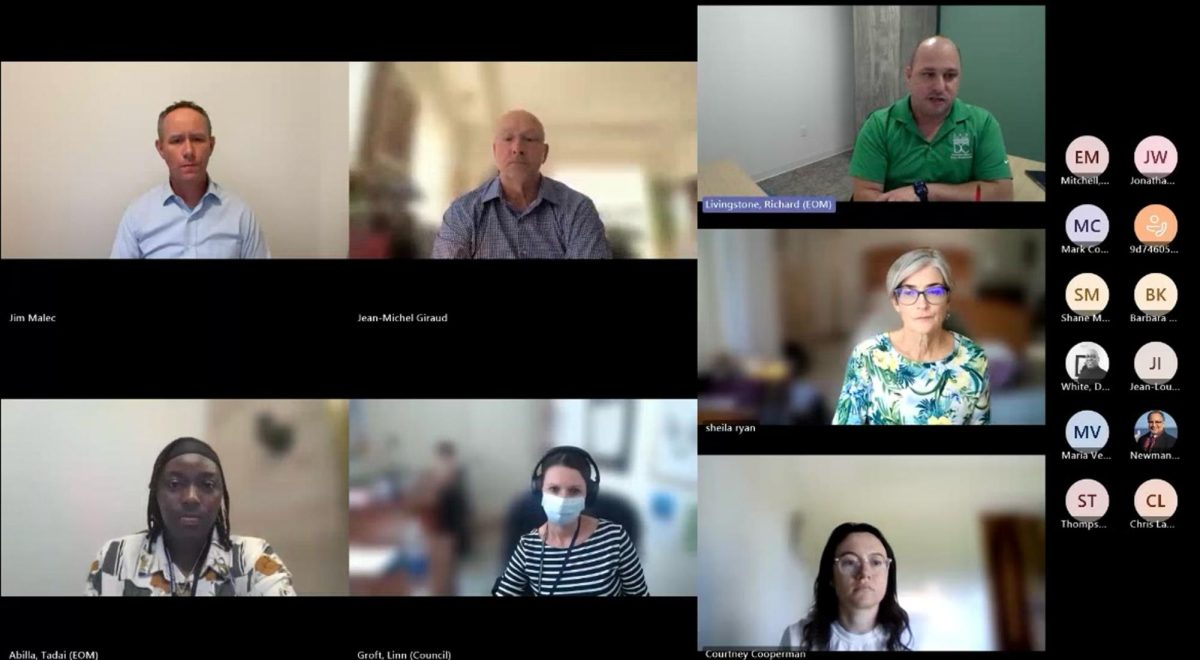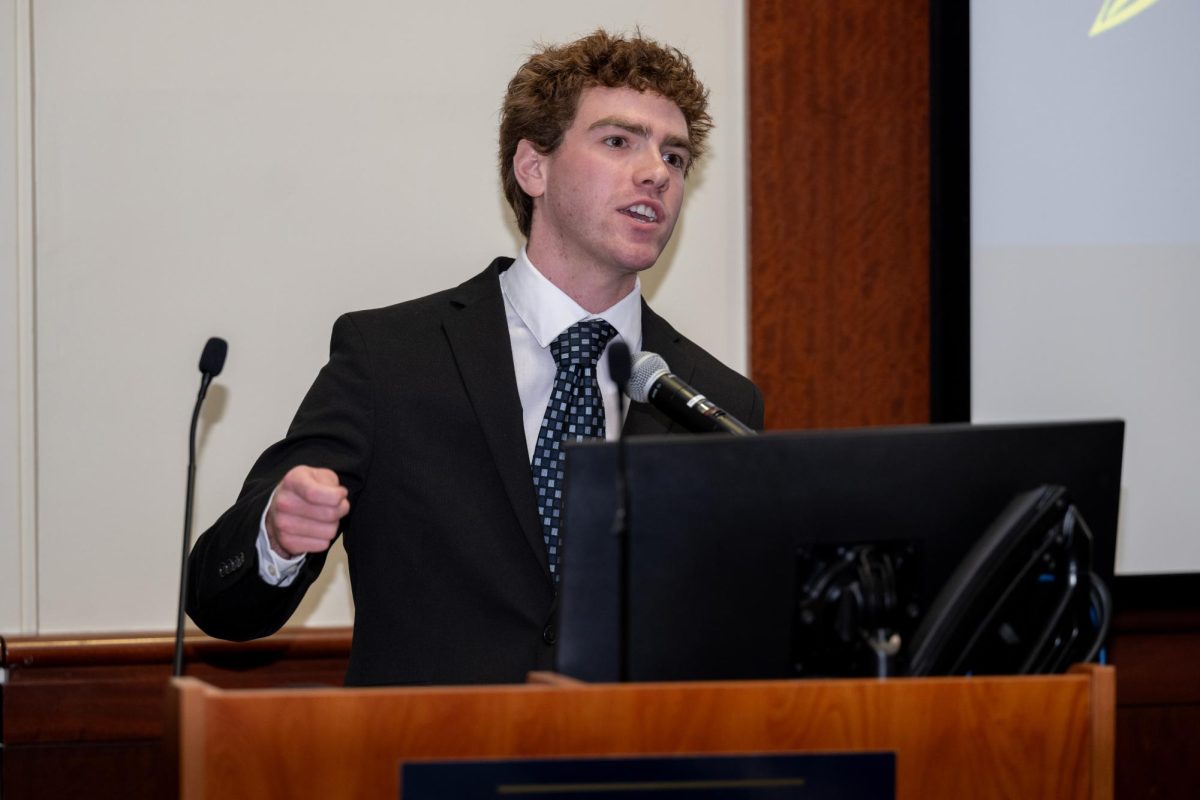Washington Metropolitan Area Transit Authority officials announced trains will begin running more frequently starting Feb. 7, decreasing rider wait times.
The Blue, Orange and Blue+ lines’ wait times will decrease by three minutes, dropping to 12-minute intervals between trains from 6 to 9 a.m. and 3 to 6 p.m. Tuesday through Thursday. Starting Feb. 21, Red line trains will depart every eight minutes between 6 a.m. to 9 p.m. Tuesday through Thursday, a two-minute drop from the current wait time.
WMATA officials also announced in a Tweet Thursday that riders can expect increased train frequency on the Blue line stretch from Rosslyn to Stadium-Armory stations, down from a seven-minute wait between trains to a train every three and a half minutes.
Wait times for the Green and Silver lines will remain unchanged at eight and 15 minutes between trains, respectively, the release states.
“Future improvements to rail frequency will be announced in the coming months, as Metro gradually adds back service to meet growing ridership,” the release states.
The trains’ increased frequency comes as part of WMATA officials’ plan to increase 7000-series rail car service after a Blue line derailment outside of the Rosslyn station in October 2021. WMATA officials periodically introduced some 7000-series railcars in June and September, and officials fully restored service for the railcars in November following the Washington Metrorail Safety Commission’s approval of Metro’s revised safety plan for their 7000-series cars.
Last week, officials announced the WMSC approved WMATA’s transition to Phase 3 of its Return to Service Plan, which decreases the frequency of 7000-series inspections and allows Metro to use low-press tonnage axles on its cars after WMATA reported some axles failing their evaluation of railcar safety. Prior to the announcement last week, WMATA petitioned WSMC’s directives which sidelined 50 railcar operators and stalled return plans, WSMC approved the petition and avoided potential delays.
“Our ability to move from a 4 to 7-day inspection interval will gradually allow us to train staff with this improved process and work towards the safe implementation of improved service for our customers,” officials said in a Tweet.
Officials also said in the release that all Orange Line trains will have eight railcars to provide more capacity than the six-car trains they’re currently providing.
Randy Clarke, WMATA general manager and chief executive officer, said WMATA is “excited” to see these changes where travelers “most need them.”
“By making trains more frequent and increasing capacity with more 8-car trains, we are reducing crowding and making service more convenient,” Clarke said in the release.
The release states railcar availability is half of the “equation” to more service, citing the shortage of Metro employees. Officials said employee vacancies are down to 1,400 from last summer’s 1,900 vacancies, but Metro is looking to recruit more employees with hiring bonuses and “competitive” wages and benefits offerings.
“Our veteran and growing workforce has demonstrated our deep commitment to safety as we work continuously to bring the Metrorail system back to full strength,” Clarke said.











